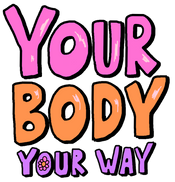Period poverty is a serious issue that affects millions of people globally, yet it often goes unnoticed in many parts of the world, including Australia. It’s the lack of access to menstrual products, sanitation, and education, which leaves people with periods facing a range of challenges. Let’s explore what period poverty is and how it impacts people’s lives, often in ways we don’t even realise.
What is Period Poverty?
Period poverty is when someone struggles to access the menstrual products, clean water, and/or safe sanitation they need to manage their period. This affects their ability to manage their periods with dignity. Imagine being unable to go to school, work, or take part in daily activities simply because you don’t have access to something as basic as a pad, tampon, or even a toilet.
The Impact of Period Poverty
From missing out on school and work, to experiencing poor mental and physical health, period poverty doesn’t just affect the person experiencing it—it impacts families, communities, and entire societies. Every time a single mother misses work due to period poverty, that is a family that has to sacrifice on their income and stability. Every time a child misses school due to period poverty, they miss out on growing opportunities to learn and eventually be able to work and become self-reliant. It’s not just about menstrual products; it’s about the stigma, shame, and inequality that surrounds menstruation.
What Can We Do?
Education and access to reusable period products are crucial in the fight against period poverty. By raising awareness and providing sustainable options, we can give people the tools to break free from the cycle of poverty and shame.
Period poverty is preventable, but it requires awareness, action, and community support. Let’s change the narrative and provide everyone with access to the products and education they deserve.







